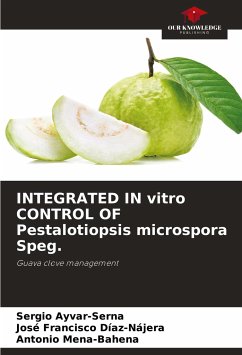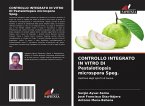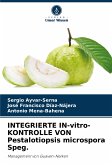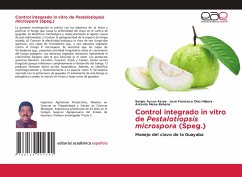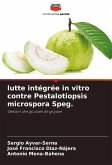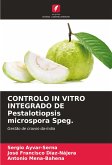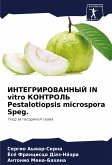The present investigation was carried out with the objectives of: a) isolate and purify the fungus that causes the disease of clove in the guava crop, b) identify morphologically and molecularly the causal agent of this disease, c) evaluate the pathogenicity of the isolated fungus species, d) know the biological effectiveness in vitro of six chemical fungicides, six strains of Trichoderma spp. and six vegetal extracts against the fungus P. microspora. The Trichoderma spp. strains were found to exhibit fungistatic activity on the growth of the pathogenic fungus. The plant extracts slightly retarded fungal growth, only neem worked. The chemicals Benomil, Cercobin, Cupravit, Zineb and Captan have fungicidal action because they completely inhibited the development of the fungus. The product Manzate exerts fungistatic action. In addition, the species was identified morphologically and molecularly as P. microspora associated with guava anthracnose. The isolation of this fungus is pathogenic when inoculated on healthy guava fruits and leaves.
Bitte wählen Sie Ihr Anliegen aus.
Rechnungen
Retourenschein anfordern
Bestellstatus
Storno

